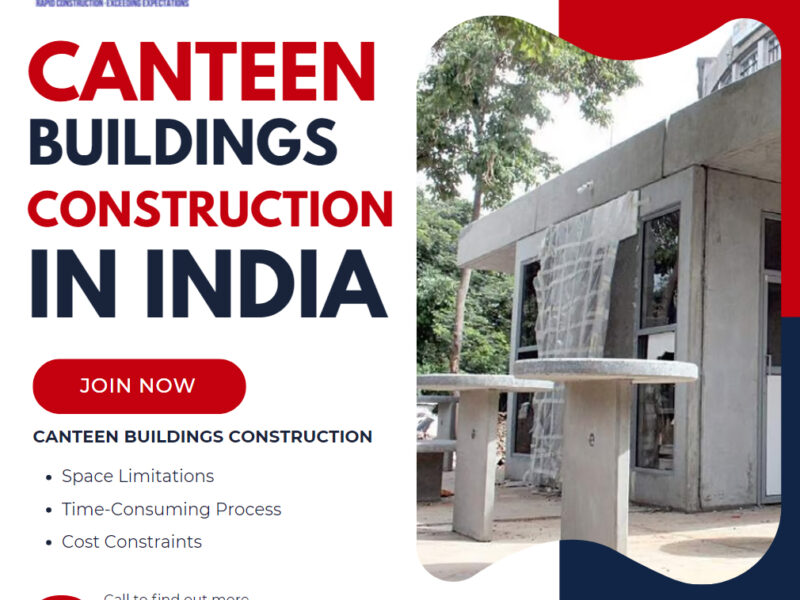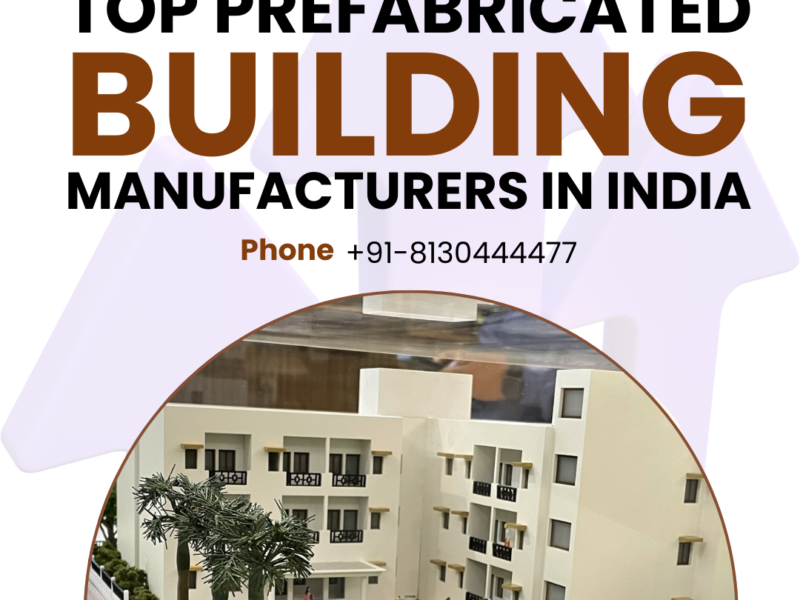
Why PEBs are on the Rise
The construction industry is witnessing a significant transformation with the rise of Pre-engineered Buildings (PEBs). These structures, known for their efficiency and versatility, are shaping the future of construction practices worldwide. In this article, we’ll delve into the reasons behind the increasing popularity of PEBs and explore their implications for the future of the industry.
Introduction to PEBs
PEBs, also referred to as pre-fabricated or pre-engineered steel buildings, are designed and manufactured off-site before being transported to the construction site for assembly. Unlike traditional construction methods, which involve on-site fabrication and assembly of structural components, PEBs are engineered and fabricated in controlled factory environments.
Advantages of PEBs
- Cost-effectiveness: One of the primary reasons for the growing preference for PEBs is their cost-effectiveness. By streamlining the manufacturing and assembly process, PEBs reduce construction time and labor costs significantly. Additionally, the use of standardized components and efficient manufacturing techniques further contributes to cost savings.
- Time efficiency: Time is a critical factor in construction projects, and PEBs offer significant time savings compared to conventional building methods. Since PEB components are fabricated off-site, construction can proceed rapidly once the materials are delivered to the site. This accelerated construction timeline makes PEBs an attractive option for projects with tight deadlines.
- Customizability: Despite their prefabricated nature, PEBs offer a high degree of customizability. Architects and engineers can design PEB structures to meet specific project requirements, including size, layout, and architectural features. Advanced design software allows for precise customization, ensuring that PEBs can fulfill a wide range of functional and aesthetic needs.
Sustainability aspects of PEBs
- Material efficiency: PEBs are known for their efficient use of materials. By optimizing design and fabrication processes, manufacturers minimize waste and maximize material utilization. Additionally, steel, the primary material used in PEB construction, is highly recyclable, further enhancing the sustainability credentials of these buildings.
- Energy efficiency: PEBs can also contribute to energy efficiency in buildings. The thermal properties of steel help regulate indoor temperatures, reducing the need for heating and cooling systems. Furthermore, PEBs can accommodate insulation and other energy-saving features to enhance their overall energy performance.
- Reduced waste: The off-site fabrication process of PEBs results in minimal on-site waste generation. By manufacturing components to precise specifications in controlled factory environments, manufacturers can minimize material waste and environmental impact. This reduction in waste aligns with sustainable construction practices and promotes resource conservation.
Technological advancements in PEB construction
- Design software: Advancements in computer-aided design (CAD) and building information modeling (BIM) have revolutionized the design process for PEBs. Architects and engineers can create intricate designs and simulations with unprecedented accuracy, allowing for more efficient use of materials and resources.
- Manufacturing processes: Modern manufacturing techniques, such as laser cutting and robotic welding, have optimized the production of PEB components. These automated processes ensure precision and consistency, resulting in high-quality structures with minimal defects. As a result, PEBs offer superior durability and structural integrity compared to traditional construction methods.
- On-site assembly techniques: Innovations in on-site assembly techniques have further improved the efficiency of PEB construction. Advanced lifting and installation methods enable rapid assembly of components, reducing construction time and labor costs. Additionally, modular construction approaches facilitate the integration of PEBs into existing infrastructure, offering flexibility and scalability for various project types.
Growing adoption of PEBs in different sectors
PEBs are gaining traction across various sectors, including commercial buildings, industrial facilities, and warehouses. Their cost-effectiveness, time efficiency, and customizability make them well-suited for a wide range of applications.
Challenges and limitations of PEBs
While PEBs offer numerous advantages, they also present certain challenges and limitations. Design constraints, perceived aesthetic limitations, and site-specific considerations may influence the suitability of PEBs for certain projects.
Future trends in PEB construction
Looking ahead, several trends are expected to shape the future of PEB construction. Integration with renewable energy systems, advancements in materials, and increased automation and robotics are poised to further enhance the efficiency and sustainability of PEBs.
Conclusion
The future of construction is undoubtedly being shaped by the rise of PEBs. These innovative structures offer unparalleled efficiency, sustainability, and flexibility, making them a compelling choice for a wide range of construction projects. As technology continues to evolve and market demand grows, PEBs are poised to play an increasingly prominent role in the construction industry.
FAQs about PEBs
- Are PEBs suitable for residential construction projects?
- While PEBs are primarily used for commercial and industrial buildings, they can also be adapted for residential applications, depending on the project requirements and design considerations.
- What are the typical cost savings associated with PEB construction?
- Cost savings with PEBs can vary depending on factors such as project size, location, and complexity. However, studies have shown that PEBs can offer significant cost savings compared to traditional construction methods.
- Do PEBs require special maintenance considerations?
- PEBs are designed to be low-maintenance structures. Routine inspections and maintenance procedures, such as checking for corrosion and ensuring proper drainage, can help prolong the lifespan of PEB buildings.
- Can PEBs withstand extreme weather conditions?
- Yes, PEBs are engineered to meet specific design requirements, including structural integrity and resistance to environmental factors such as wind, snow, and seismic activity.
- How long does it take to construct a PEB building?
- The construction timeline for PEB buildings can vary depending on factors such as size, complexity, and site conditions. However, PEBs are generally known for their rapid construction compared to traditional building methods.


